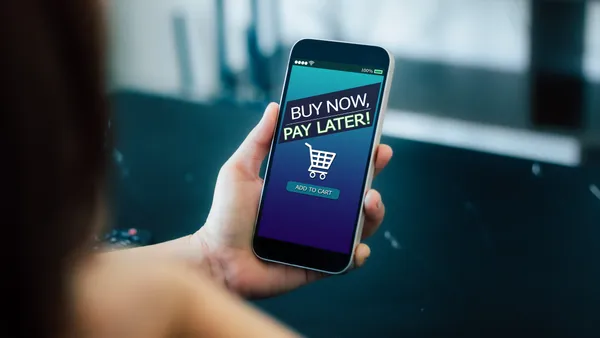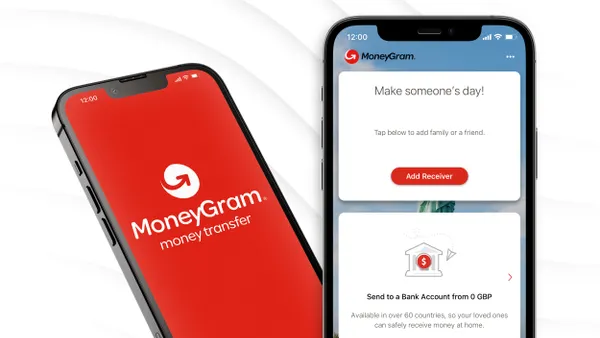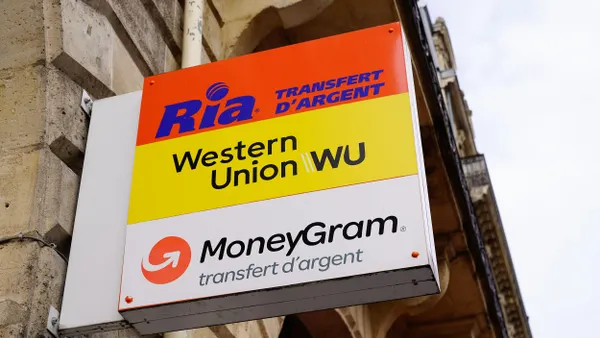For consumers, digital payments have quickly moved from a nice-to-have to an expectation that the payment process should be easy, fast and mobile. Consider that nearly 90% of consumers use one form of digital payment and digital payment transactions will total more than $11.55 trillion in 2024.
In B2B transactions, embedded payment solutions enable many of these digital transactions—they’re no longer confined to the consumer realm. “What’s become a key part of the consumer payment experience has been moving into the B2B space, with businesses wanting access to convenience and control of virtual payments,” says Bradley Matthews, U.S. Bank senior vice president and head of middle market product and marketing.
U.S. Bank Card as a Service (CaaS) allows a company to embed payments and deliver virtual credit cards within its own app or platform. “With CaaS, you can provide a digital-first experience for your customers and reduce costs, improve fraud prevention and increase rebate potential on the business side,” Matthews says. “It’s a win for everyone involved.”
Better B2B payments
The use of digital payments is expected to grow by 9.52% annually through 2028. “Companies that keep pace with the evolving expectations from employees and customers will have the competitive edge,” Matthews says. Virtual cards play a key role, allowing users to pay with a digital form of a credit card (with a single-use credit card number and security code) via their mobile device.
Many travel, insurance and accounting software companies already use virtual cards with their employees and customers. But Jon Zimmermann, U.S. Bank vice president and group product manager, says that the processes typically rely on multiple solutions to make the embedded payments possible. “It ends up being another system or app that people have to manage,” he says. “Having to use numerous solutions negates a lot of the convenience that embedded payments provide.”
CaaS overcomes this challenge by incorporating digital payment capabilities into existing expense reporting, travel reimbursement, claims payment, accounts payment and other systems that employees or customers already use. “It streamlines the administration of the payment and the payment utilization,” Zimmermann says. “CaaS improves the payment experience for users at all points in the payment lifecycle.”
For example, integrating CaaS into your payment system can help your company:
- Improve the employee and customer experience. End users benefit from convenient, on-the-spot access to payments and virtual cards. This enhances the user experience and can even improve employee and customer retention.
- Increase efficiency and reduce costs. CaaS eliminates manual processes such as issuing paper checks, saving your business time and money. It increases spending controls and finetunes your expense management.
- Reduce fraud. CaaS tokenizes each virtual card, generating a unique card number, expiration date and security code that makes it impossible to replicate. Virtual cards also allow you to control purchase amounts and when purchases can be made.
- Optimize card program rebates. CaaS captures additional expenses as part of your commercial card program, such as hotel stays and meals, which improves your rebate potential. That’s because most rebate programs increase the rebate rate the more your company spends on its card program.
CaaS in action
For many companies, CaaS not only improves the customer experience but also yields expected—and sometimes unexpected—benefits for the business. World Travel, Inc., a leading travel management company, incorporated CaaS into its virtual payment solution, allowing customers to push virtual cards to travelers’ mobile wallets instantly.
Alex Hornbuckle, U.S. Bank vice president and product manager, says CaaS removed the need for World Travel customers to reimburse employees who used their personal cards for expenses. World Travel also reduced the use of fax machines, which belabored the payment process. “They’ve been able to improve their competitiveness by enhancing the overall customer experience,” Hornbuckle says.
In another example, PaperTrl, a cloud-based, automated accounts payable solution, used CaaS to embed virtual cards into their middle market AP product. The virtual cards simplify the AP process for PaperTrl customers, improving payment efficiency and increasing security. “It’s helping PaperTrl expand their markets, create better user experiences and grow customers,” Hornbuckle says. “With CaaS, they can offer a more tailored or improved payment experience than their competitors and the market in general.”
CaaS brings the speed, convenience, and elevated customer experience of virtual cards to B2B applications and platforms. Connect with U.S. Bank to learn how your business, employees and customers can benefit from implementing CaaS.










